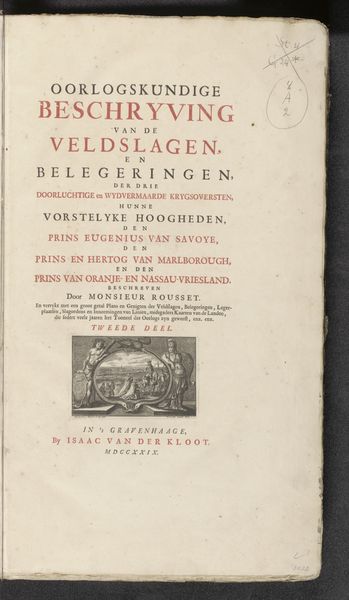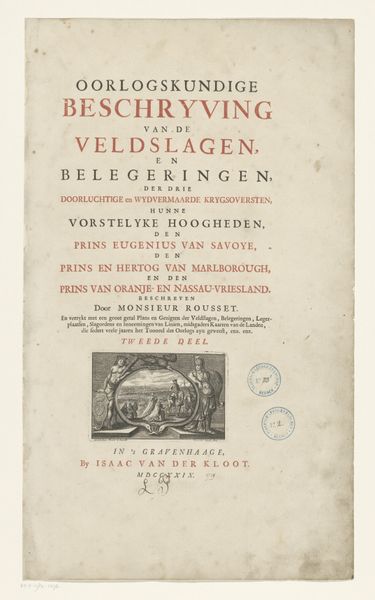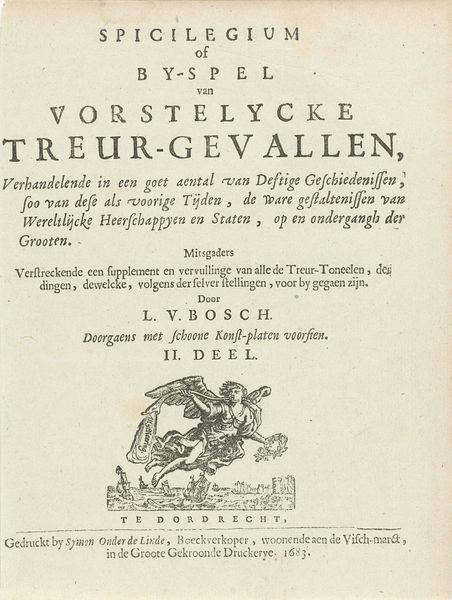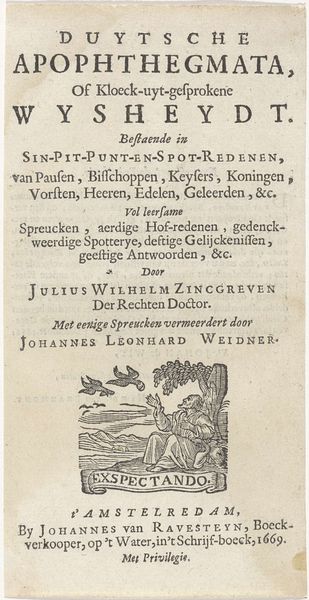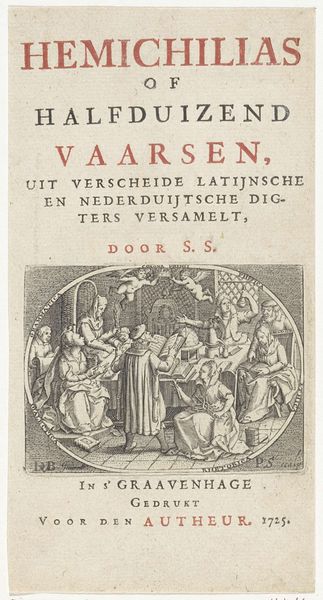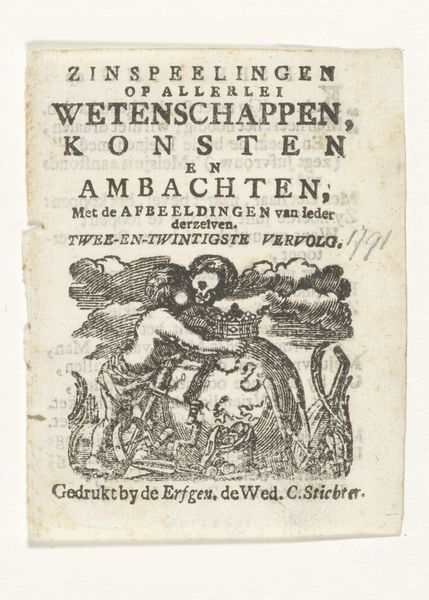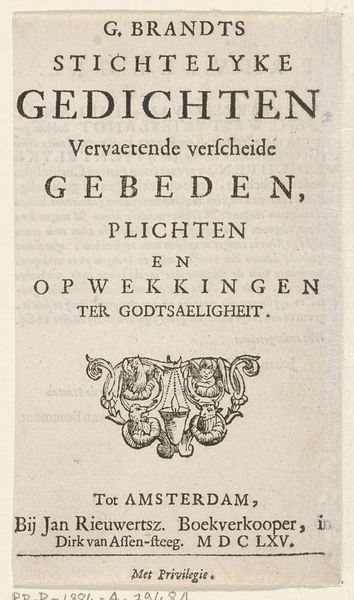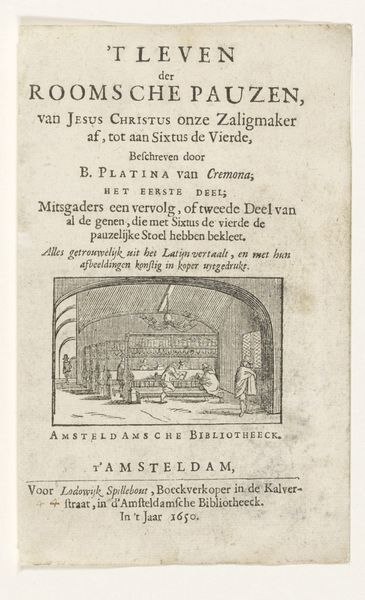
print, engraving
#
allegory
#
baroque
# print
#
genre-painting
#
engraving
Dimensions: height 202 mm, width 158 mm, height 78 mm, width 120 mm
Copyright: Rijks Museum: Open Domain
Curator: So, we're looking at this print, "Schrijver in een tuin," from 1737 by Johannes van der Spyck. It’s an engraving, found in the Rijksmuseum. Editor: Right. Initially, the composition strikes me as a bit fantastical. There's a garden scene with a writer, but also celestial figures above. It almost feels like a dreamscape layered with allegory. What’s your interpretation? Curator: Let's consider the materials and production. This is an engraving, a repeatable, reproducible medium. So, this image was intended for circulation. It wasn’t a unique, precious object, but something that could reach a broader audience. Think about the socio-economic context: who would be buying and distributing these prints, and what kind of cultural capital did they represent? Were they markers of taste? Were they pedagogical? Editor: Interesting, the idea of it being reproducible changes my view. It democratizes the image, making it more about accessibility than high art, per se. Curator: Exactly! And look at the detail achieved through engraving. The labor involved in creating these lines to convey texture, light, and form is significant. What is the relationship between the work depicted in the print–writing poetry–and the material labor required to create it? The printing and circulation processes would engage whole networks of laborers. Editor: That’s a powerful point. The means of production become central to its meaning. The artistic "inspiration," of the writer is actually completely enmeshed in these material conditions! Curator: Precisely. The layers of labour: The writing, the designing, the engraving, the printing and selling… Editor: Wow, seeing it in this way makes it much more than just a pretty garden scene. It’s a web of cultural production. Thanks! Curator: Indeed. Reflecting on the material and processes reveals that seemingly simple images engage much deeper historical, economic, and even philosophical complexities.
Comments
No comments
Be the first to comment and join the conversation on the ultimate creative platform.
